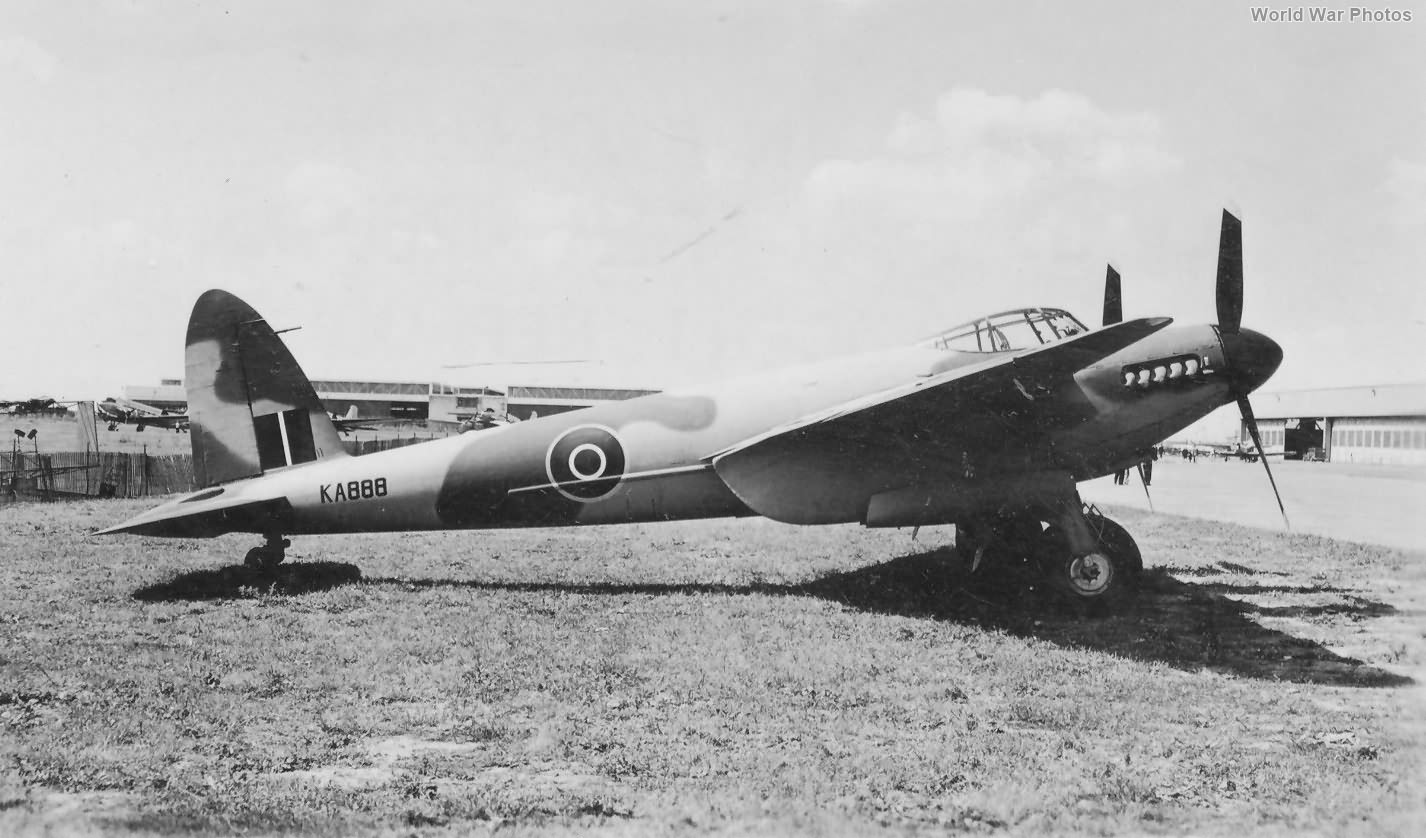The De Havilland company extended its Mosquito production to its subsidiaries in Canada and Australia during World War II. Here’s a detailed summary of Canadian Mosquito production:
Canadian Production Beginnings:
- The decision to produce the Mosquito in Canada was made on 7th July 1941, after the Canadian Minister of Munitions, C.D. Howe, witnessed the prototype’s flight in December 1940.
- Production was set up at the De Havilland Aircraft of Canada Ltd plant in Downsview, near Toronto.
- Canadian Mosquitoes were to be powered by Packard Merlin engines produced under license in Detroit, and all Mosquitoes produced in Canada and Australia used these engines.
- Initial plans aimed for 40 aircraft per month, with the first two machines expected by September 1942, and production ramping up to 50 per month by 1943.
Setup Challenges and Adaptations:
- The production setup at Downsview faced delays, including material losses at sea and delayed deliveries of essential parts and jigs from the UK. De Havilland Canada’s engineers created their own jigs to keep production moving.
- Harry Povey (Chief Production Engineer) and W.D. Hunter (Senior Designer) adapted the design to Canadian materials, introducing innovations such as the use of concrete fuselage molds.
First Production Models:
- The first Canadian Mosquito variant was the B Mk VII. Twenty-five were produced (KB300-KB324), retaining many British components but powered by Packard Merlin 31 engines with Hamilton Standard propellers.
- The first flight of the B Mk VII occurred on 24th September 1942, piloted by Ralph Spradbrow, D.H.C.’s chief test pilot. This was followed by a flight in the US at Wright Field by Geoffrey de Havilland on 29th October 1942.
Evolution of Canadian Variants:
B Mk VII (KB300-KB324):
- Similar to the proposed B Mk V with Packard Merlin 31 engines.
- The first unit to receive this variant was No. 139 Squadron in November 1943.
B Mk XX:
- The major production version in Canada, with 245 built.
- Initially, early models used Packard Merlin 31 engines, but later models (KB180-KB369) switched to Packard Merlin 33s, offering increased performance and options for drop tanks.
- The B Mk XX began RAF service with No. 139 Squadron in August 1943, and was also used by squadrons No. 627, No. 608, No. 128, and No. 142.
B Mk 25:
- An improved version of the B Mk XX with Packard Merlin 225 engines.
- 400 B Mk 25s were produced (KA930-999 and KB370-699), with 340 of them used by RAF Bomber Command.
- Some B Mk 25s were modified to carry two 1,000 lb Target Indicators, while others were delivered to the Royal Navy.
FB Mk 21:
- Canadian variant of the FB Mk VI, powered by Packard Merlin 31 engines.
- Only three FB Mk 21s were built.
FB Mk 26:
- Successor to the FB Mk 21, powered by Packard Merlin 225 engines.
- 300 FB Mk 26s were built, with some finished as T Mk 27 trainers due to equipment shortages.
T Mk 22, T Mk 27, T Mk 29:
- Canadian-built trainers powered by Packard Merlin 33 or 225 engines.
Contributions and Post-War Use:
- By VE-Day, over 350 Canadian-built Mosquitoes had been sent to the RAF.
- The RCAF also received many Mosquitoes, with 396 delivered out of a total of 1,065 built at the Downsview plant.
- Canadian-built Mosquitoes served with various squadrons during and after the war, including use by the Royal Navy’s Fleet Requirements Unit and RAF squadrons stationed in India.
Production at Downsview ceased in October 1945, but Canadian Mosquitoes played a crucial role in the war effort, supplying aircraft to both the RAF and RCAF.
